Plaster is a building material used for the protective and decorative coating of walls and ceilings and for moulding and casting decorative elements.

image source: https://search.creativecommons.org/photos/51d9d46a-2878-4ead-a934-a232bdc6670a
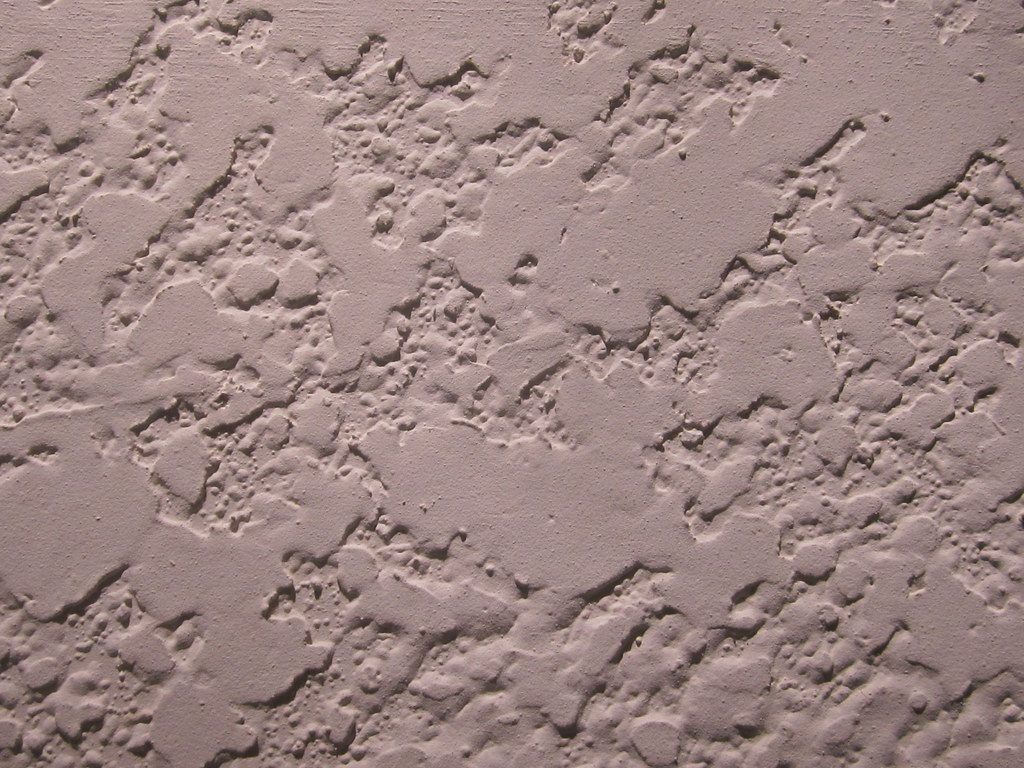
image source: https://search.creativecommons.org/photos/10761239-d2c0-4811-92a4-2d9da156f20b
What is plaster?

Image source:http://www.oren-usa.com/about/what-is-plaster/
Full coat interior plaster starts with a base. A hundred years ago it was wooden planks, brick, or clay tiles. Thirty years ago it could have been rock lath, metal lath, block, or tile. Today it is mostly 1/2”- 5/8” metal or gypsum base batten, similar to plasterboard but with a special type of paper to ensure good adhesion.
Subsequently, a rough coat based on gypsum and sand “keys” the base and stiffens it for the following coats. It is very rough so that the next hand can get a good bond.
After a few days of curing, a coat of gypsum plaster and sand is applied. If thicker plaster is desired, it can be left to “set” and apply another coat of the same material. The finish coat is then applied to a thickness between 1/16”- 1/8”. The finish is usually made up of lime mixed with an accelerant to make it set faster and can be smooth or textured. Sand can also be added for additional variety.
How does Plaster form?
The main component of Plaster is the mineral gypsum. Each gypsum molecule is made of two molecules of water and one of calcium sulfate.
Since water is present in crystalline form, the material is dry.
image source: https://search.creativecommons.org/photos/73dcde45-d46a-463c-97b1-0fa09a0b8ea1
Gypsum, called gypsos by the ancient Greeks, is one of the most useful minerals known to man. In its pure form, it is white, but impurities can give it colors such as grey, brown, pink, or black. Pulverized gypsum is used for a variety of applications.
What are the types of Plaster?
- Gypsum plaster, or plaster of Paris, is produced by heating the plaster to about 150 °C. When dry gypsum powder is mixed with water, it reforms into gypsum. The plaster begins to set about 10 minutes after mixing and is completed in 72 hours. If the plaster or gypsum is heated to a temperature above 130 °C, hemihydrate is formed. By heating to 180 °C, the almost water-free form, called γ-anhydrite is produced. γ-Anhydrite reacts slowly with water to return to the dihydrate state. By heating above 250 °C, the β-anhydrite or dead burnt plaster is formed.
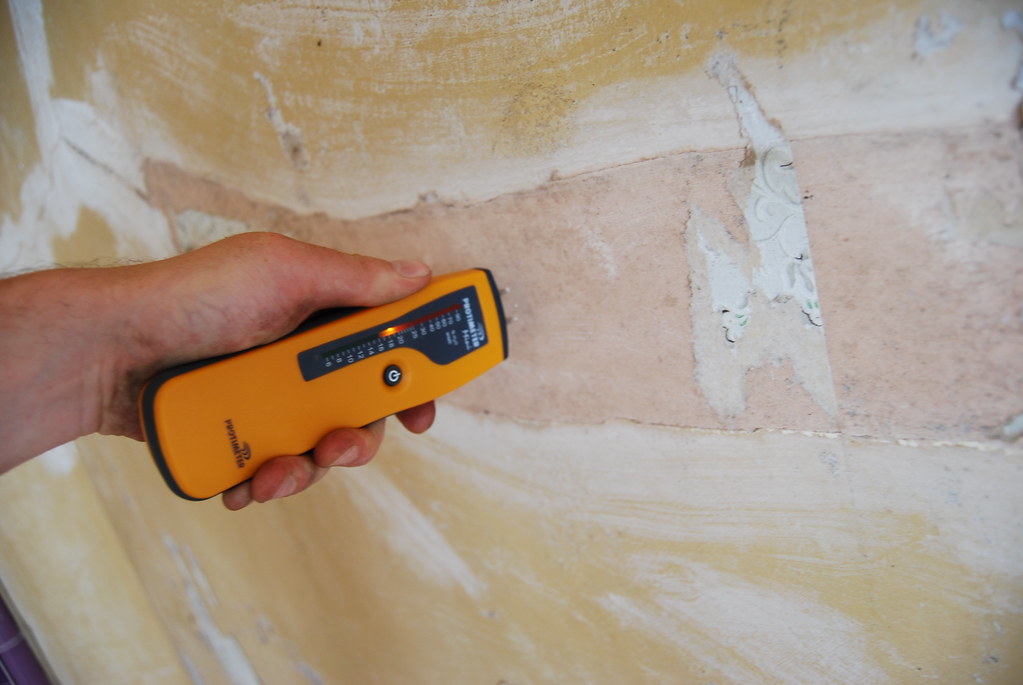
Images source: https://search.creativecommons.org/photos/9c6753a5-0628-4743-a8d9-217376a0acc0 by Party Wall Surveyor
- Lime plaster is a mixture of calcium hydroxide and sand. Carbon dioxide in the atmosphere causes the plaster to set by transforming calcium hydroxide into calcium carbonate (limestone). To make lime plaster, limestone is heated to a temperature above about 850 °C to produce quicklime, to which water is added to produce slaked lime, sold as wet putty or a white powder. The additional water serves to form a paste before use which can be stored in airtight containers. Exposed to the atmosphere, calcium hydroxide transforms very slowly into calcium carbonate increasing the strength of the plaster.

images source: https://search.creativecommons.org/photos/36ad62ac-2940-40bc-b1c6-2bc813c2a14b by Horia Varlan
- Cement plaster is a mixture of suitable plaster, sand, portland cement and water which is applied to the masonry to obtain a smooth surface. Interior surfaces and exposed bricks sometimes receive a final layer of gypsum plaster. Various cement-based plasters are also used as proprietary spray flame retardants. These usually use vermiculite as lightweight aggregate.
What are the stage of Plastering?
Stage 1
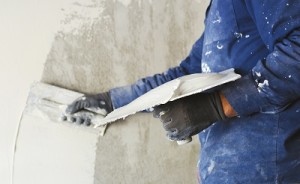
This first coat of plaster should be approximately 2mm thick. Once the plaster has been loaded onto the trowel, start at an angle with the front edge of the trowel away from the wall, moving the trowel with a long motion, and flattening it to the wall. In this first coat, it is more important to try to get a smooth and even coat without swelling.
Stage 2

When the plaster begins to harden it’s time to flatten the first coat with a clean trowel, pushing the bulges out. The secret is to apply firm pressure with long movements, keeping the front edge of the spatula about 10-15mm away
Stage 3

After stage two, the second coat of plaster is applied. It is very similar to the first stage, but using only half of the plaster, applying half the thickness and even more firm pressure to reduce any holes in the plaster. If you create holes don’t worry too much. The main reason for not spending too much time trying to fix holes is because you don’t want parts of the plaster to dry out.
Stage 4

Here you can trowel the plaster and remove any holes. Hopefully, the plaster is sticky and flexible enough, but not too wet, to be pushed around into the holes. It is important to pass the spatula on the wall at the correct angle of about 10-15mm and reduce the risk of dragging or scratching, using firm pressure. If some holes do not fill despite the pressure of the trowel, more plaster can be applied to the hole and flattened. Again it is not necessary to take too long and let the plaster dry.
Stage 5
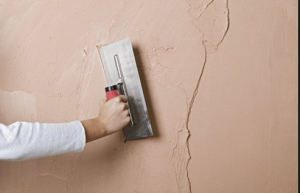
This is where to remove any ridges in the plaster by applying firm pressure with the trowel. If the plaster is solid enough you can spread the corner of the trowel against the wall, without scraping off the plaster.
Stage 6
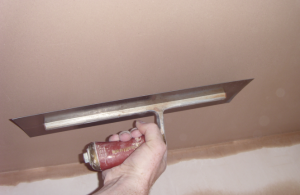
Images source: https://www.gypsumtools.com/blog/6-stages-of-plastering/
The final part should leave a nice even slightly smooth surface. As soon as the plaster begins to darken you can run the trowel with firm pressure on the entire wall to finish.
What are Plaster characteristics?
- fire protective
- regulates sound
- thermal insulator when combined with insulation materials
- equilibrates humidity and heat peaks
- impact resistant
- easy to install and dismantle
- multifaceted, multipurpose, supple, and aesthetic
How was Plaster used throughout history?
Plastering is one of the oldest building techniques. Primitive peoples plastered their reed or small trees with mud, creating more durable and effective structures against parasites and bad weather. Over time, the most durable and beautiful materials have replaced mud. Some of the earliest existing plasters are of comparable quality to those used in modern times. The Pyramids of Egypt contain plaster made at least 4,000 years ago which is still hard and durable. For their best work, the Egyptians used a calcined gypsum plaster identical to the plaster of Paris.
In the history of Greek architecture (for example, in Mycenae), the plaster of a fine white lime stucco was used. Greek craftsmen had achieved a high quality before the 5th-century bc. Plaster was often used to coat the exteriors and interiors of temples, a technique known as stucco, in some cases even when the building was made of marble.
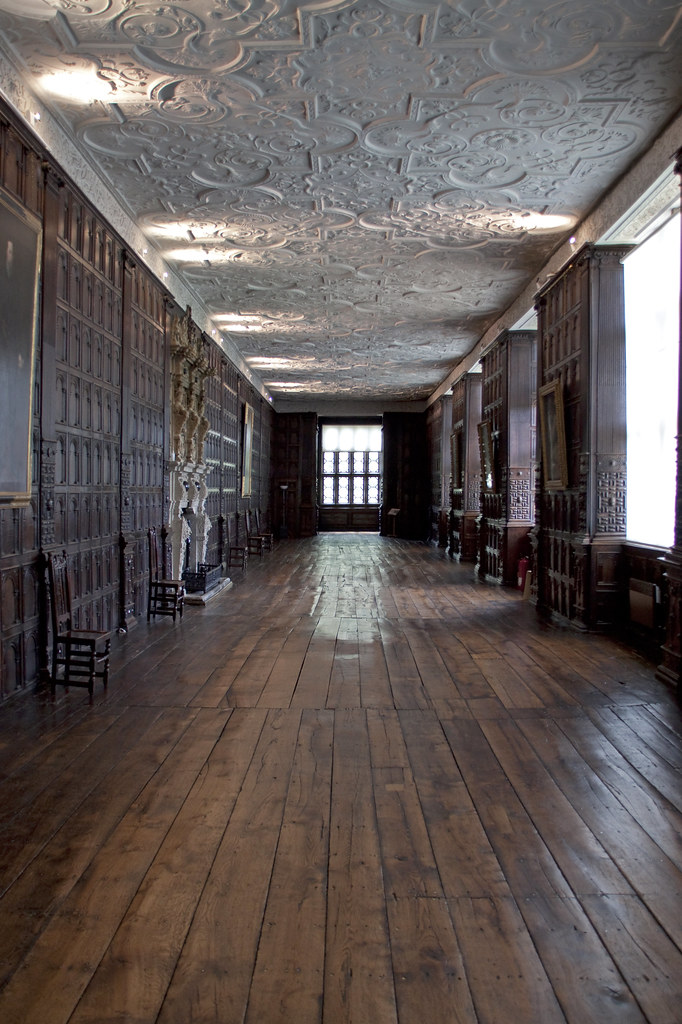
Image source: https://search.creativecommons.org/photos/02d9657e-e6a6-4bf3-9f5b-6a5d2d7ce0ec by ahisgett
The ornamental plaster ceilings of England during the reigns of Henry VIII, Elizabeth I, and James I can still be admired. Earlier examples of stucco workers in England are the pargeted and ornated facades of half-timbered houses.
Plaster faded in the 19th century when imitation and mechanical reproduction supplanted this creative art. As a surface material for walls and ceilings plaster remains in common use. It facilitates cleaning and hygiene and is a fire retardant.
Info sources:
http://www.oren-usa.com/about/what-is-plaster/
http://www.madehow.com/Volume-2/Drywall.html
https://en.wikipedia.org/wiki/Plaster
https://www.gypsumtools.com/blog/6-stages-of-plastering/
